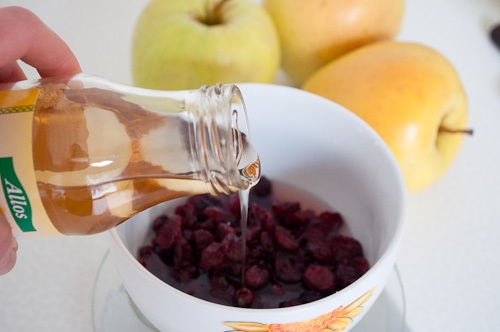Agave is a Mexican-sized plant of fairly large size, exceeding 7 m in height along with the flower. There are over 300 species, some are suitable as ornamental plants in homes, but this is not the reason why they are known. Celebrities have earned it because of the agave syrup used extensively as a natural sweetener to avoid processed sugar. The agave syrup has been used since ancient times as a natural remedy due to the agave’s medicinal properties. For example, the Aztecs mixed the salt agave syrup to heal the wounds and treat the skin diseases. Due to popularity gained lately, agave syrup or nectar has been carefully studied to see if it really is beneficial to the body, especially as it is increasingly recommended as a natural sweetener.
What nutrients does the agave syrup contain?
The agave syrup is worth trying because of the vitamins and minerals it contains, namely vitamin B, C, vitamin D, vitamin E, but it is also rich in calcium, iron, zinc, phosphorus, potassium, selenium, chromium and magnesium. Another important aspect is that agave plants are naturally grown. This syrup is rich in fructose and low in glucose, so it releases slowly enough in the blood without causing a sudden rise in glycemic index. Compared to other white sugar substitutes such as honey or maple syrup, agave nectar is the richest in fructose and much sweeter. It is ideal as a substitute for sugar, but provided you put a quantity of syrup reduced by half the amount of sugar normally used.
The problem of this syrup is that, although known as a natural sweetener, it is actually a syrup obtained from plant processing processes, which in many cases make the nutrients mentioned above suffer damage. The agave syrup is not obtained as maple syrup in the tree sap, but is obtained by processing the substances in the root of the plant rich in starch. Processing processes involve the use of chemicals that have the effect of converting this agave syrup into a naturally occurring sweetener, since this natural syrup turns into tequila following the fermentation process.
Moderate consumption is recommended because excess fructose can affect the liver, lead to increased triglycerides and in time to heart and cardiovascular problems.
Carefully chosen and consumed with moderation, the agave syrup provides the body with energy and has an antiseptic effect, protecting the body from possible infections, even increasing the effectiveness and resistance of the immune system.
When can I introduce agave syrup into a baby’s diet?
The agave syrup is not known as an allergen, but due to the large amount of fructose that can be more difficult to process by a small and sensitive organism, it is recommended that it be introduced into the baby’s diet after 1 year. It is good to ask your pediatrician for advice on how to sweeten and follow the 4-day rule.
How do I choose and how do I offer the baby syrup of agave?
When buying agave syrup / nectar, consider it raw, ie processed at a lower temperature. The color of the raw nectar is dark brown compared to the high-temperature processed color that is light in color as honey or sometimes even colorless (depending on the species of agave). There is an agave syrup available on the market obtained by processing the root of the plant, but also a nectar obtained from agave fungi. The latter is considered to be healthier than the root syrup that requires more complex thermal and chemical processing. The taste of agave nectar must also be neutral, without a pronounced flavor.
Thanks to the neutral taste it can be used as a sweetener for adult coffee or tea in the case of children but without changing their flavor in any way.
Agave nectar can be used for beverages, sauces, dressings for salads, smoothies or desserts.
It is recommended to keep in places away from light and heat, but not necessarily in the refrigerator.
Sources:
http://www.allaboutagave.com/agave-vs-liquid.php
http://www.webmd.com/diet/features/the-truth-about-agave
http://whatscookingamerica.net/CharlotteBradley/AgaveNectar.htm
